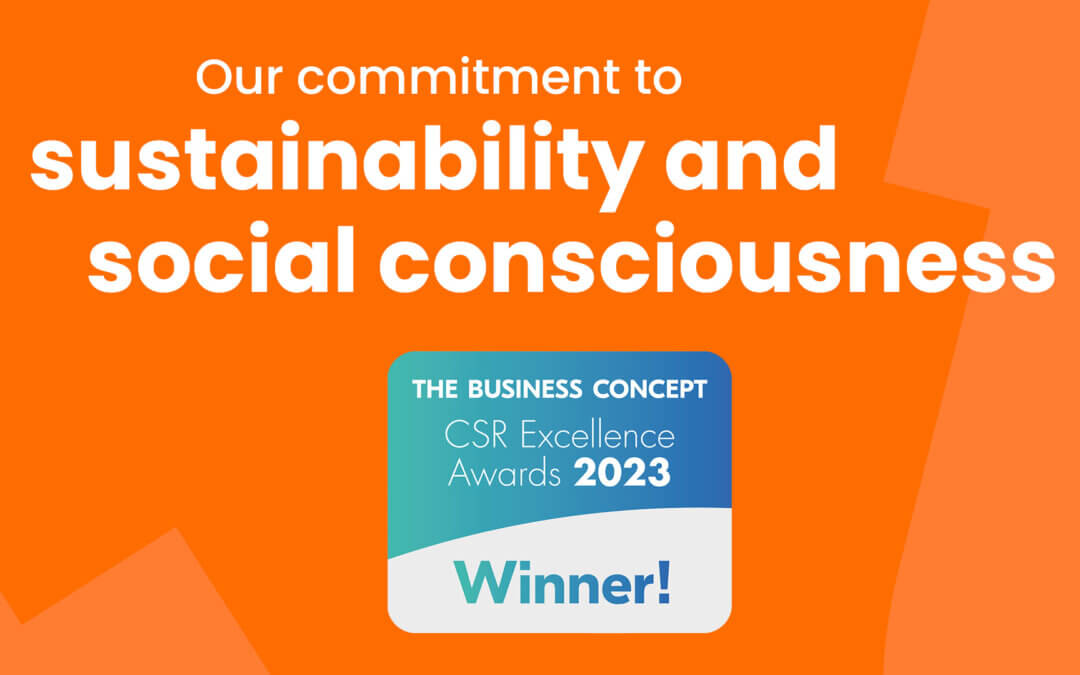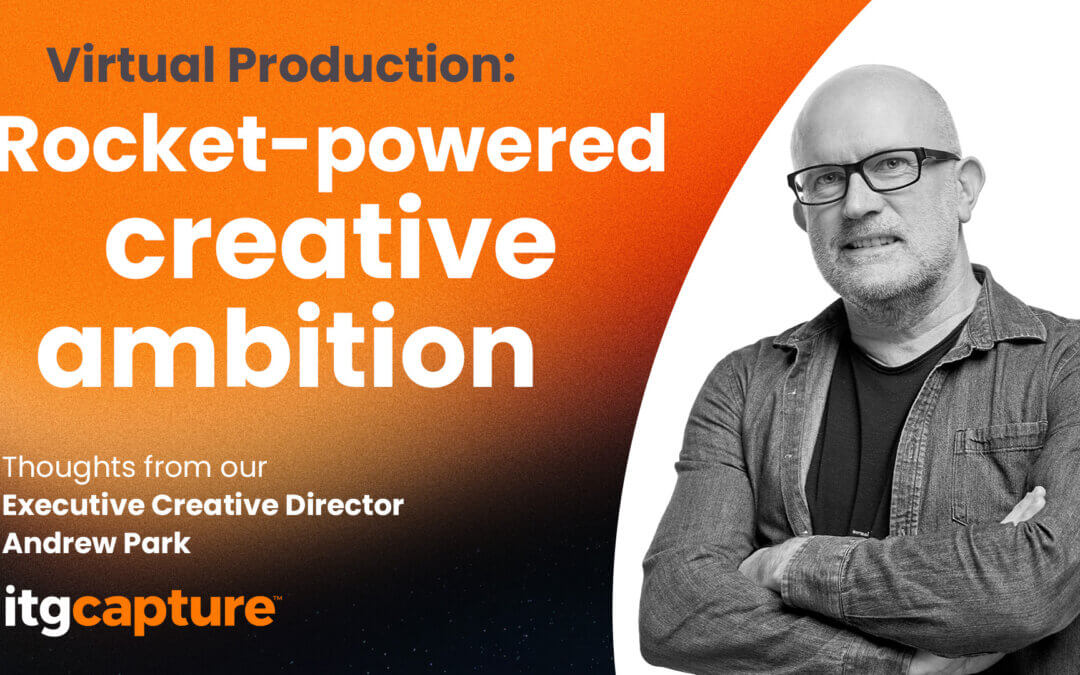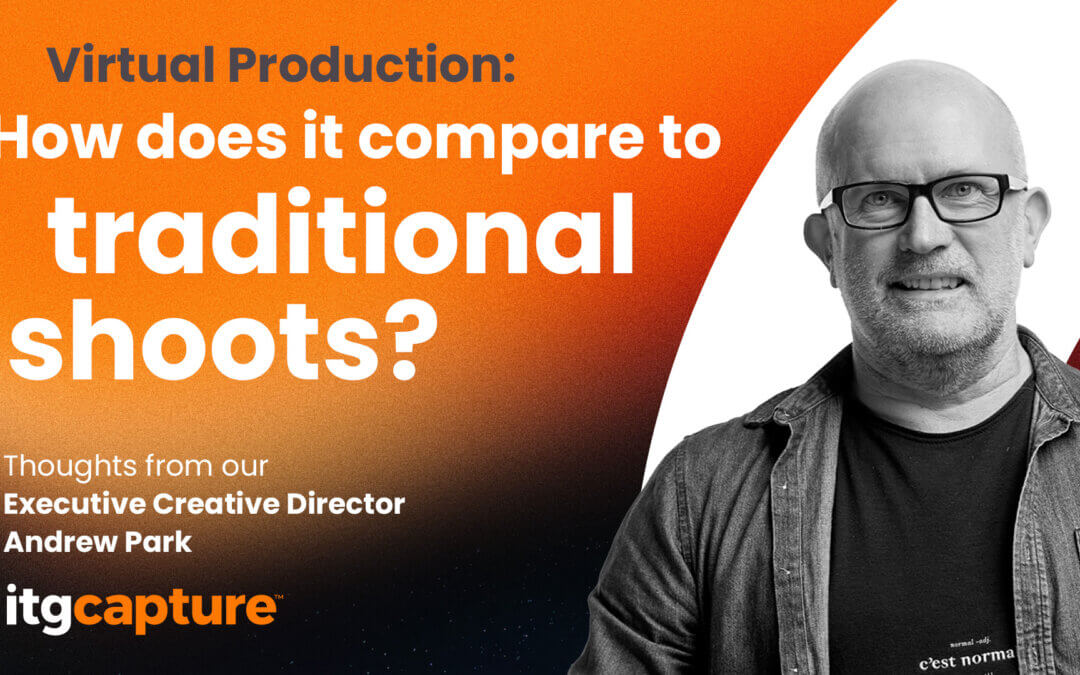Our ‘Thinking Out Loud’ series is back, with our Principal Consultant for CX & Technology, Chris Smith, here to examine the five key challenges that brands are facing in the CRM/CX arena. With an explosion of channels and an ever-growing demand for more content (and greater personalisation), how can they not only keep up, but stay ahead of the curve?
Approaching this from a CRM/CX point of view, there are undoubtedly a number of challenges facing our clients today as brands adjust to changing content demands from their customers – whether that’s the type of content, how much they want, or the level of personalisation that keeps them interested.
So, I wanted to get my thoughts down and run through the top five issues that our clients encounter from a CRM/CX standpoint, and why not addressing them can leave brands in the lurch…
1. Not realising the full potential of their marketing technology stack
“Marketers only use 42% of their MarTech’s full potential”
According to a recent Gartner Marketing Technology Survey, marketers only use 42% of their MarTech’s full potential, leading to disconnected customer experiences. Team enablement plays a large role in this, where marketers and platform users do not have the time to learn new features.
We see in-house teams spending too long on administrative tasks and manual data processes, leaving little time to devise effective, targeted and truly personalised marketing comms, with a lack of wider strategic direction.
Marketing platforms today offer a huge range of features and applications, many of which will be included in your licence fee. However, we see so many scenarios where the full breadth of functionality is being under-utilised, or simply ignored.
Deep-diving under the hood and creating an actionable rollout plan for these features will not only help you realise a return on your platform cost investment, but will very likely help accelerate your marketing strategy and operations through new, faster and smarter ways to understand and communicate with your customers.
Investing the time to understand how your MarTech platforms can take care of the heavy lifting and help automate these manual processes is a truly worthwhile activity.
2. No Single Customer View
“It presents challenges in serving up web personalisation and behaviour-based automated campaigns”
Without a single customer view, you can’t accurately measure user behaviour and engagement – end of. This in turn presents challenges in serving up web personalisation and behaviour-based automated campaigns.
The absence of a single customer view throws up issues in matching with data outside of the marketing function, such as customer service. For example, it is usually recommended to pause commercial emails whilst a customer has an active support case.
A lack of SCV also poses an immediate threat around compliance, as the inability to accurately hold and action consent leaves organisations at risk of falling foul of GDPR regulations.
3. No effective onboarding program
“Not providing a welcoming atmosphere immediately after sign-up gives the impression that you don’t particularly value your new customers”
Your customers’ interest in your brand is at its peak during the initial sign-up or registration stage. Marketers need to exploit this narrow window of opportunity to encourage new sign-ups to action the behaviours they wish new customers to take, helping foster brand affinity.
During this stage, customers have a high propensity to buy and take action, so any communication should be steering them towards these decisions. Not providing a welcoming atmosphere immediately after sign-up gives the impression to your new customers that you don’t particularly value them or their custom.

4. Lack of personalisation & segmentation
“75% of consumers are more likely to buy from an organisation that recognises them by name”
Whilst we’re on the subject of new customer sign-ups, this is the perfect opportunity to ask for further information to aid future segmentation and personalisation. Marketers often miss this opportunity and, as a result, they are unable to facilitate a truly personalised service for their customers.
According to research undertaken by Salesforce, 81% of consumers want brands to get to know them and understand when to approach them, and when not to.
On top of this, 75% of consumers are more likely to buy from an organisation that recognises them by name, recommends options based on past purchases, or knows their purchase history.
A Preference Centre is a useful means of ensuring that your organisation is communicating in a customer-centric manner, by giving your audience the opportunity to pick what they want to receive, when, and on which channel.
It means customers are not inundated with irrelevant messaging that they could immediately discard, potentially harming their relationship with your brand. It is essential that brands facilitate the move from an internally driven, product-focussed mindset to a customer-centric mindset if they hope to retain their audience in the long-term.
5. No digital vision
“A comprehensive digital vision allows marketers to attribute targets and objectives”
Strategy forms the bedrock of your entire brand. A comprehensive digital vision allows marketers to attribute targets and objectives, whilst creating messaging that resonates with their audience to help achieve these goals.
Strategic vision should encompass the entire customer journey from acquisition channels (essentially a company’s shop window) all the way through to retention, win-back and retargeting.
Tackling these challenges
“Until now, operating models and ways of working did not allow for effective utilisation of the marketing technology available to them”
You could argue that, until recently, marketing technology has been in the wrong hands, with IT departments traditionally taking ownership of these platforms. However, we’re now seeing a shift towards marketing taking control, meaning teams can use their MarTech more effectively in order be truly customer driven.
The successful adoption of Customer Data Platforms (CDPs), in conjunction with orchestration engines, enables next-gen features such as next-best-action. This allows marketers to significantly accelerate the depth and impact of customer onboarding and retention programs.
Why aren’t marketing teams doing more of this, you might ask? Until now, operating models and ways of working did not allow for effective utilisation of the marketing technology available to them, and were not agile enough in their approach.
Seismic shifts being thrust upon the technology landscape – such as the blocking of third-party cookies – force marketers to focus more on their first-party data, with CDPs the most effective way to manage this.
The fast-moving nature of these changes to the tech world make it more imperative than ever to have a clear strategic vision for your marketing, and a team with the agility to anticipate and respond to any issues before they derail your vision.
Our own CRM/CX teams work with huge brands like Virgin Media, Vodafone Ziggo and Wickes to deliver hyper-personalised experiences at every stage of the journey and on every channel, establishing deeper relationships between these businesses and their customers.

The issues in this article come up over and over again, and are not exclusive to any particular vertical or business type. The best way for you to address these various scenarios is with a fully implemented, interconnected tech stack that truly puts the customer first – NOT the technology.
If any of these points resonate with you, make the time to take a step back and address the fundamentals of your strategy before rushing ahead with a quick and messy implementation of multiple technology platforms.
However you decide to approach it, make sure that your overriding priority is making life easy for your customers. Only then will you start to build meaningful, lasting and mutually beneficial relationships.
If you’d like to know more about our CRM/CX prowess, or our in-house marketing technology, Storyteq, fill in the form below or get in touch at hello@teamitg.com.
Fill in the form and we’ll get back to you.











